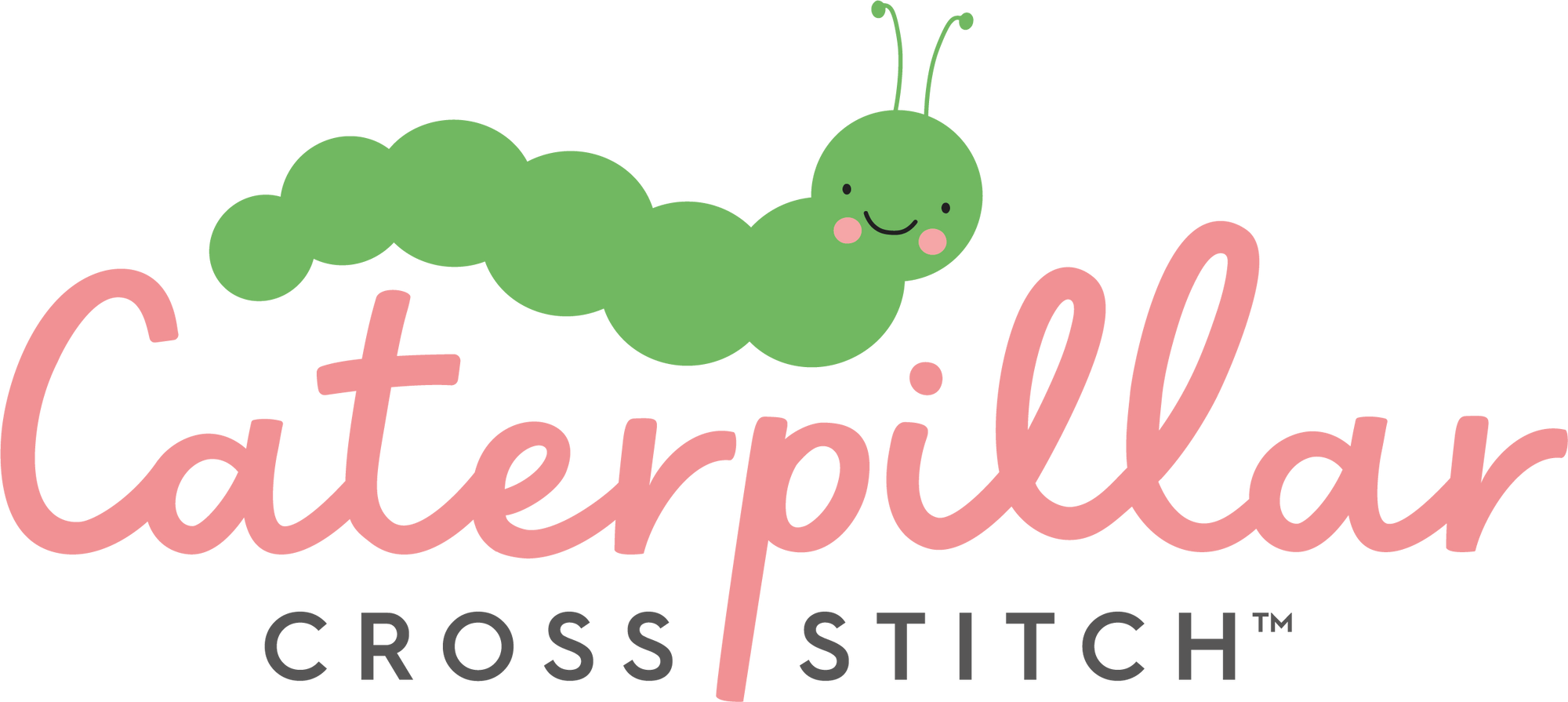- NEW
-
Shop All
- Membership
-
Accessories
- Subscription Box
-
Community
-


May 13, 2021
So, you’ve finished a beautiful cross stitch piece and can’t wait to proudly display it but the thought of framing it yourself may feel a little daunting! Here are two easy cross stitch framing techniques that will show off your work in all it’s glory.
This is probably the most popular technique to use when mounting your completed cross stitch pattern and creates a lovely finish, which some choose to display without a frame.
You’ll need a picture frame, a piece of foam core that isn’t too thick (around 1/4 or 1/8 of an inch cut to the size of the opening at the back of your frame), some small pins, craft paper (cut a little larger than the opening on the back of your frame) and some double sided sticky tape or hot glue gun.
Because you're not going to be using the backing that came with the picture frame, you'll also need some picture hangers that you can attach to the back of the frame.

To get started, you'll need to mark the centre of both the board and your finished piece. The quickest way to do this is to draw two lines diagonally, each stretching from one corner to the opposite corner. Where the two lines meet is your centre.
Remember to use an erasable fabric pen when marking your fabric, not a regular pen! Put a pin through the marked centre of your cross stitch piece and then through the centre of your board, eyeing it up to make sure it is centred and straight. You could also use a ruler at this point to check that it’s just right.

Next, flip the pinned fabric and board over. Fold the two longest edges of fabric excess over onto the back of the board. Begin pushing the pins into the sides of the board through your piece. Start from the centre points along each edge, leaving gaps of the same size between each pin and stopping a little before you reach each corner.
Be sure to keep the tension on the fabric - but do not stretch it too much. You can check this every now and then by viewing the front. Once you have pinned the whole length of each of the two longest edges, fold the fabric over the two smallest edges and begin pinning, starting from the centre, again stopping a little before you reach each corner.

When it comes to the corners you can either simply fold over the edges - like you would with a parcel or fold the corners in at an angle before taping the excess on the corners to the back.
Place the piece into the frame - this should fit nice and snugly! Stick the paper to the back of the piece using double sided tape or hot glue. Lastly, attach the picture frame hook to the back of the frame and you’re ready to display your spectacular cross stitch project!
This method is great to use when you have a finished project with not a lot of excess fabric around the edges - meaning you don’t have a lot to wrap and therefore be able to pin securely.
You’ll need all the same materials as used in the pinning technique but you’ll replace the pins with a heavy thread and needle. In addition you’ll also need some clips, which you will use to hold your edges while lacing the back of your piece.

Find the centre of your board and cross stitch piece and pin it (as above). Turn over the attached fabric and board and secure the excess fabric around each edge using the clips.
Begin lacing the thread from one edge of the back to the opposite other, with two pieces of thread at a time on your needle. You can use any thread but make sure its nice and strong.

Do this vertically and then horizontally until the whole piece is securely wrapped around the board. Try to avoid pushing your needle through the aida or evenweave fabric too close to the edge, just in case it tears through. Then, just as with the pinning technique, add your frame!
If you would prefer to watch these methods being demonstrated, please watch our YouTube video where we teach you exactly how its done.
March 27, 2025
Whether you’re a complete beginner to cross stitch and are wondering what supplies you need, or you’re a seasoner cross stitcher looking to replenish your accessories, we’ve put together this useful guide to help you choose the right cross stitch accessories and tools for you.
March 20, 2025
After the time and concentration it takes to carefully and lovingly create your cross stitch pattern, you’ll want to make sure that they’re perfectly presented and looking their best. We're here to walk you through the careful steps you need to take to wash your cross stitch patterns so that they stay in the best shape possible.
March 13, 2025
Adding a signature to your cross stitch projects is a great way to really take your work from a simple craft project to a personalised piece of art. In this post, we walk you through the exact steps you need to take in order to start signing your cross stitch patterns whether you’re a seasoned cross stitcher or a complete beginner.